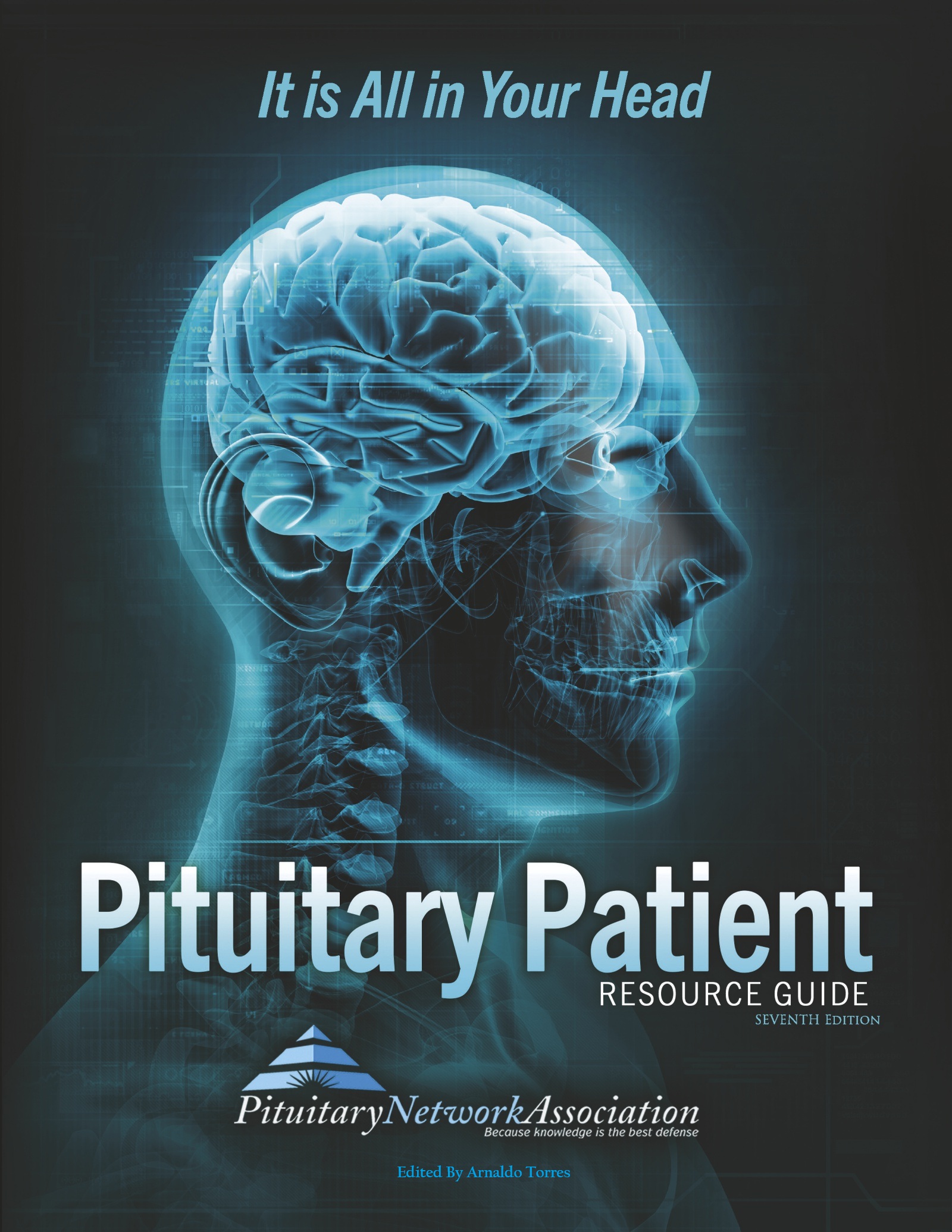News Articles February 2022
Written on 04 February 2022.
Radiology
1) The science of high energy radiation and of the sources and the chemical, physical, and biologic effects of such radiation; the term usually refers to the diagnosis and treatment of disease. 2) The scientific discipline of medical imaging using ionizing radiation, radionuclides, nuclear magnetic resonance, and ultrasound.
Branch of medicine that deals with the use of radiant energy including X rays, gamma rays, radiowaves, high frequency sound waves in the diagnosis and treatment of disease.
Radiopaque
Impenetrable by x-rays or any other form of radiation.
Radiopaque dye (one that is highlighted on x-rays) is used in cerebral angiograms to detect the degree of narrowing or obstruction of an artery or blood vessel in the brain, head, or neck; in the diagnosis of stroke, determining the location and size of a brain tumor, aneurysm, or vascular malformation.
Radioresistant
Resistant to radiation therapy.
Requiring high radiation therapy doses with associated high risks.
Radiosensitive
Responsive to radiation therapy.
Sensitive to the effects of radiant energy.
Radiosurgery
See stereotactic radiosurgery.
See stereotactic radiosurgery.
Radiotherapist
A specialist in radiotherapy.
One who practices radiotherapy or is versed in radiotherapeutics.
Radiotherapy
The medical specialty concerned with the use of electromagnetic or particulate radiation in the treatment of disease.
The use of high-energy radiation from x-rays, gamma rays, neutrons, protons, and other sources to kill cancer cells and shrink tumors. Radiation may come from a machine outside the body (external-beam radiation therapy), or it may come from radioactive material placed in the body near cancer cells (internal radiation therapy). Systemic radiotherapy uses a radioactive substance, such as a radiolabeled monoclonal antibody, that travels in the blood to tissues throughout the body. Also called irradiation and radiation therapy.
Recurrence
The return of symptoms or the tumor itself, as opposed to a remission.
A tumor that has recurred (grown back), usually after a period of time following removal of the tumor.
Rehabilitation
The return of function after illness or injury, often with the assistance of specialized medical professionals.
A process to restore mental and/or physical abilities lost to injury or disease, in order to function in a normal or near-normal way. Rehabilitation can include; pain management, physical therapy, occupational therapy, speech-language therapy.
REM
Rapid eye movement (sleep).
Deep sleep with rapid eye movements in which dreaming takes place. One of the five stages of sleep. During REM sleep, the eyes move rapidly while closed and dreams occur. REM sleep is the lightest stage of sleep, during which a person may wake easily. During several hours of normal sleep, a person will go through several sleep cycles that include REM sleep and the 4 stages of non-REM (light to deep sleep). Also called rapid eye movement sleep.
Available Now!

The Pituitary Patient Resource Guide Sixth Edition is now available! Be one of the first to have the most up-to-date information. The Pituitary Patient Resource Guide a one of a kind publication intended as an invaluable source of information not only for patients but also their families, physicians, and all health care providers. It contains information on symptoms, proper testing, how to get a diagnosis, and the treatment options that are available. It also includes Pituitary Network Association's patient resource listings for expert medical care.

Xeris Pharmaceuticals is valued member of the PNA










